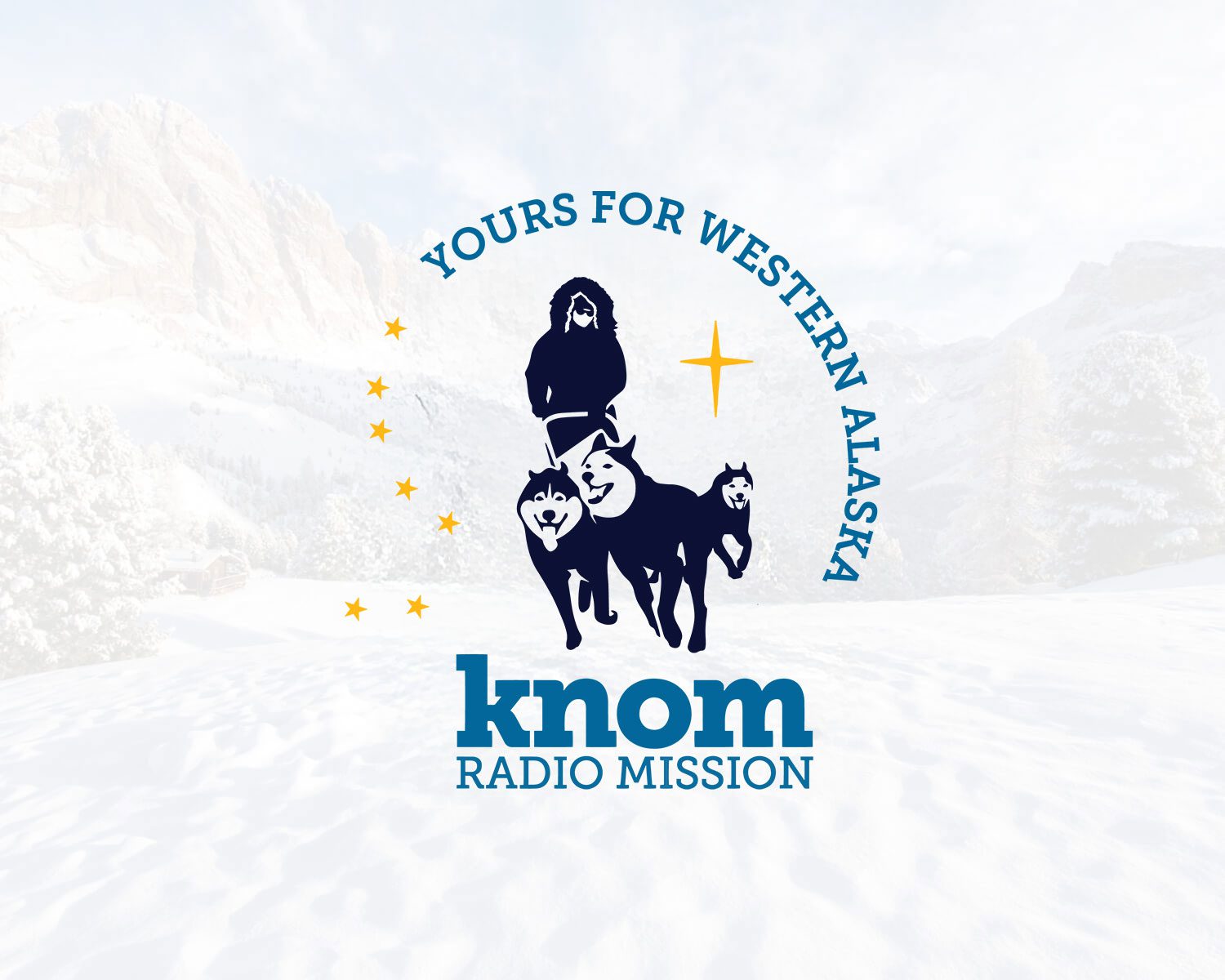If there’s one thing that Iditarod’s top competitors tend to agree on, it’s that there’s not one, single way to run a dog team.
Each team has different needs and different rhythms, and ultimately, it’s the dogs that should call the shots — even if it’s the musher doing the feeding and shouting out “gee” and “haw.”
In some of the early Yukon River checkpoints this week, a few of Iditarod’s top competitors told KNOM’s Matthew Smith that, despite their high rankings in Iditarod 43 so far, it’s the care of the dogs — and not their position in the race standings — that needs to take top priority.
Sometimes, that means slowing down and resting.

That’s definitely the case for 2013 champion Mitch Seavey, who was taking his mandatory, 24-hour layover in the checkpoint of Ruby when Matt talked with him.
The elder Seavey (his son Dallas, the 2014 champion, is also mushing in the 2015 Iditarod) says he was surprised to be the first musher into Ruby (and thus, the winner of the PenAir Spirit of Alaska Award). He doesn’t usually strive to be in first position so early in the race.
Under a vibrant display of aurora borealis, Mitch emphasized dog care; he told Matt that “my dogs are great… (and) I want to keep ‘em great.”
A bit further up the trail — in the checkpoint of Galena — former champ Jeff King stressed the importance of picking a run/rest schedule that works best for the dogs.
“There’s times you go a little further… and then there’s times… you stay somewhere longer, so that you can get the most out of your rest,” King said. It’s a concept that, in King’s opinion, is insufficiently appreciated among some of his competitors. “Some of these guys, in my book, pick some really poor times to travel.”
“But,” he conceded, “different things… work for different people.”
“You need to pick the speed that they (the dogs) can do well,” King said. “I don’t know what that (speed) is for my competitors’ (dogs), but I’m pretty sure I know what it is for mine.”
Aliy Zirkle, also in Galena, spoke with a similar emphasis upon dog care.
“I would like to hold together my team,” she says, “as a united group that’s kind of all on the same level of physical and mental enthusiasm.”
There’s “nothing major” to report in terms of problems with her team, although she noted that, after the Yukon Quest and other recent mushing outings, “all 16 (dogs) need some TLC.”
As for the trail ahead, Zirkle wants to “just keep going down the trail,” and keep her dogs “going steady and regular for the next 650 miles.”
Joar Leifseth Ulsom tends to mince few words in his on-the-trail interviews, but in Galena, the Norwegian musher’s tone was nonetheless positive.
There are “a few sore wrists” among his dog team, “but… I think they will be okay,” he told KNOM.
As for the race ahead, “I’m just going to take care of my dogs and take care of myself.”
Striking a similar chord as Jeff King (above), Ulsom noted that “there’s no point (in) looking (at) what the other guys are doing. They all have a different strategy, and they’re doing things their way, and they all think that’s the best and right way to do it.”





